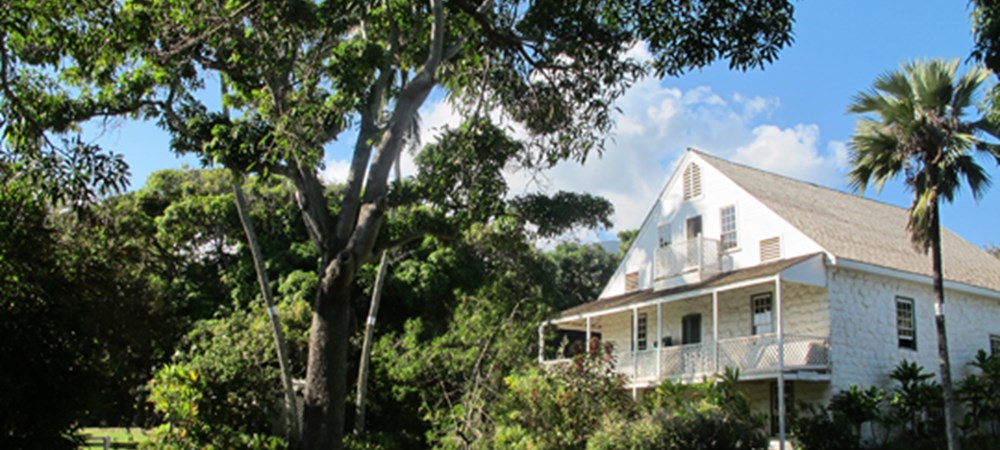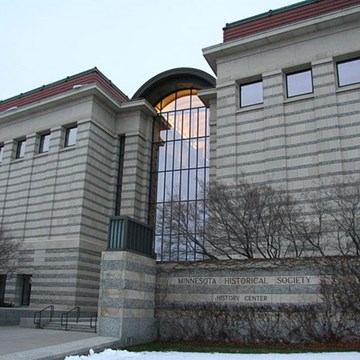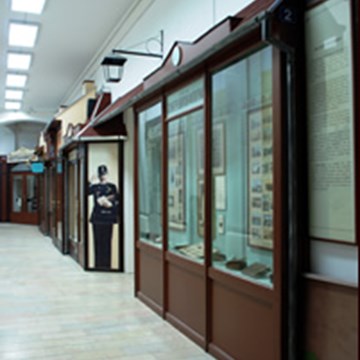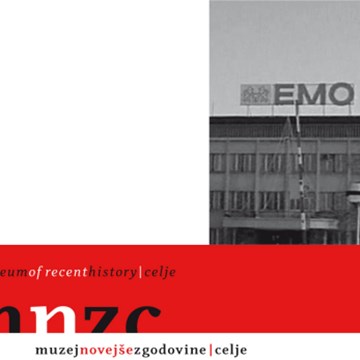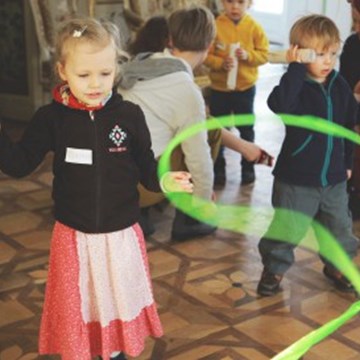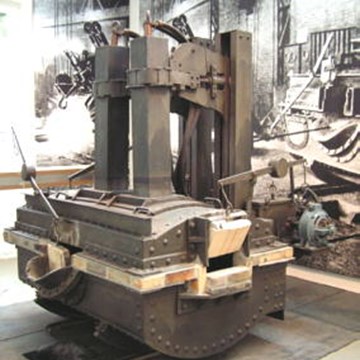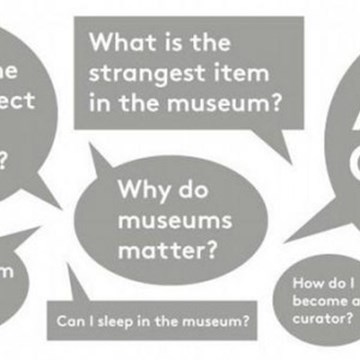Hale Hōʻikeʻike
Hale Hōʻikeʻike is a museum of Hawaiian history located in Wailuku, Hawaii, on the island of Maui, owned and operated by the Maui Historical Society.
The museum is situated at the mouth of the Iao Valley within the former royal residence of Kahekili II, last ruling chief of Maui. Built in 1833 and being one of the first western-style houses in Wailuku;and the oldest still standing, the Hale Hōʻikeʻike is listed in the National Register of Historic Places.
Originally intended as a mission station for adults and children, in 1837 the mission was transformed into the Wailuku Female Seminary, a boarding school that not only taught its students the three Rs, but also domestic skills such as sewing and housekeeping. First managed by Rev. Jonathan Smith Green, Edward Bailey was promoted to the responsibility of headmaster in 1844 shortly after arriving on Maui.
First sponsorship by the American Board of Commissioners for Foreign Missions, the Seminary converted into a day school for girls and boys in 1847. The house and land reverted to the Hawaiian crown but were purchased by the Baileys in 1850. Later, the house and the Baileys' sugar cane fields became part of the Wailuku Sugar Plantation, when then became part of C. Brewer & Co.
The Maui Historical Society was established in 1951. Hale Hōʻikeʻike (House of Display), opened on July 6, 1957. Masaru "Pundy" Yokouchi purchased the Bailey house in 1992 and donated it to the Maui Historical Society in 1993.
Hale Hōʻikeʻike contains a number of diverse exhibits. Exhibits on the lower floor include:
- A portion of the David Dwight Baldwin land snail shell collection. With the introduction of alien snails, many of the indigenous species endemic to Maui are now extinct.
- A model of the Hokulea, itself a modern-day replica of an ancient Polynesian-style sailing vessel.
- A wooden statue of the Hawaiian demi-god, Kamapua'a. Hidden in a cave for over a century, this is the only wooden statue on Maui to survive King Kamehameha II's 1819 purge of the indigenous religion.
- Oil paintings by Edward Bailey. Bailey was a Sunday painter whose work totals some 100 Maui landscapes.
- Pre-European contact artifacts including utensils, tools, and weapons.
The upstairs rooms displays Monarchy and Missionary Era artifacts. A small outlying shelter displays not only Duke Kahanamoku's 1919 redwood surfboard, but the 33-foot (10 m) Honaunau, a 1900-era outrigger canoe used for fishing and carved from a single koa log. This vessel is one of the last koa fishing canoes made in Hawaii. The gardens on the museum grounds display indigenous flora while the Museum Store features locally made on Maui items. The museum also houses a significant number of historical papers available to researchers by appointment in itʻs archives.
Exhibitions and events
We don't have anything to show you here.
Educational programs
We don't have anything to show you here.
Collections
We don't have anything to show you here.


